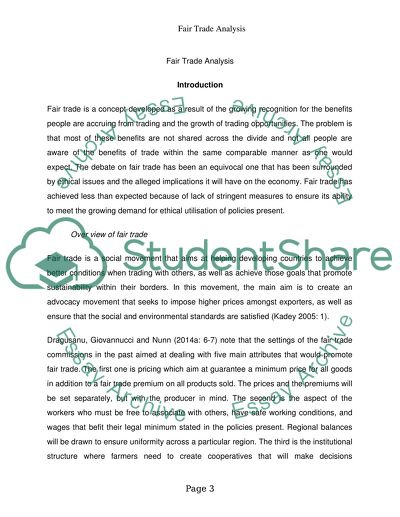Cite this document
(“Fair trade provides no significant benefits. To what extent do you Essay - 1”, n.d.)
Retrieved from https://studentshare.org/english/1676585-fair-trade-provides-no-significant-benefits-to-what-extent-do-you-agree
Retrieved from https://studentshare.org/english/1676585-fair-trade-provides-no-significant-benefits-to-what-extent-do-you-agree
(Fair Trade Provides No Significant Benefits. To What Extent Do You Essay - 1)
https://studentshare.org/english/1676585-fair-trade-provides-no-significant-benefits-to-what-extent-do-you-agree.
https://studentshare.org/english/1676585-fair-trade-provides-no-significant-benefits-to-what-extent-do-you-agree.
“Fair Trade Provides No Significant Benefits. To What Extent Do You Essay - 1”, n.d. https://studentshare.org/english/1676585-fair-trade-provides-no-significant-benefits-to-what-extent-do-you-agree.


